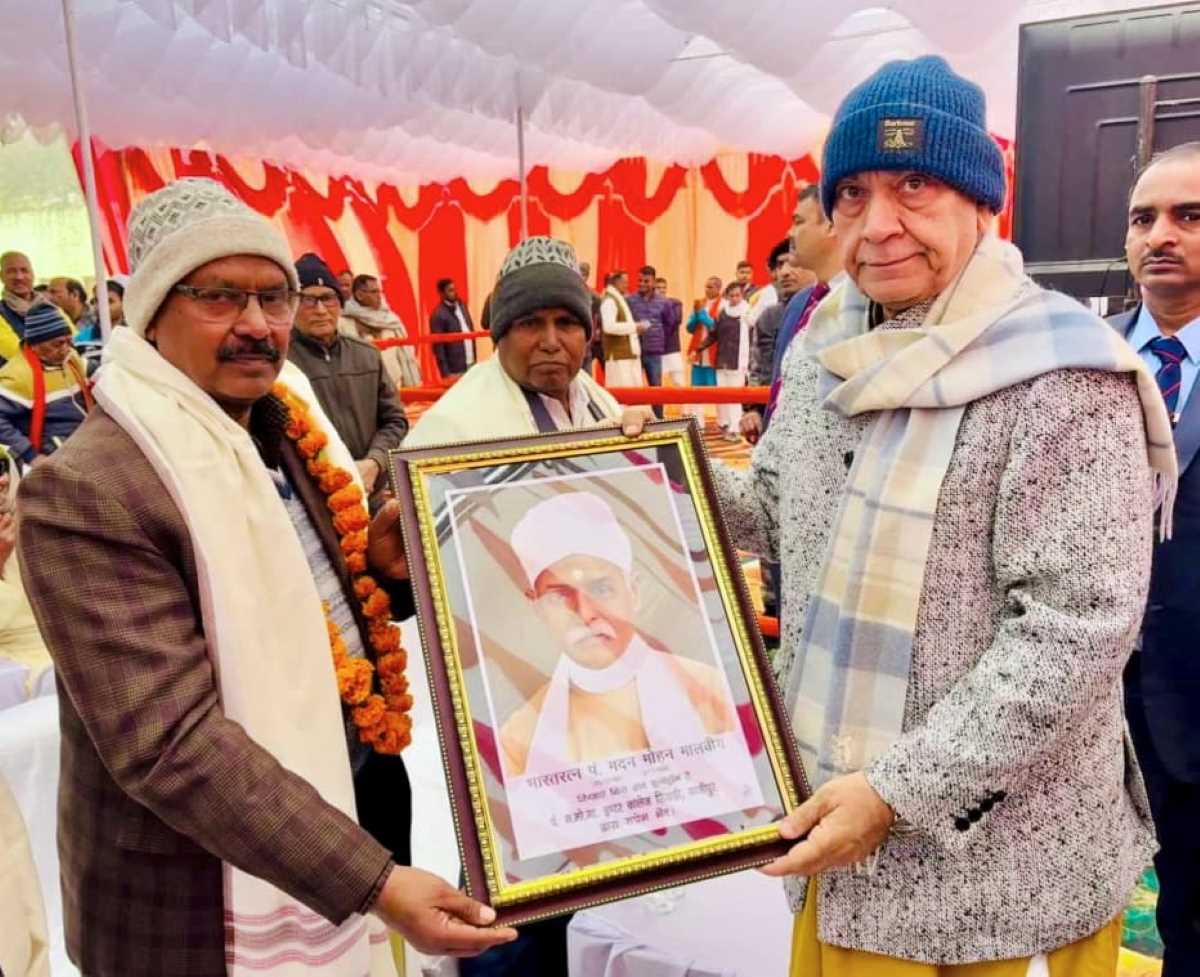
In a recent address to the top commanders of the Army, Navy, and Air Force, Defence Minister Rajnath Singh emphasized a crucial yet often understated truth: the armed forces must remain prepared for war in order to preserve peace. This message is not just a call to action for our military but a reminder of a fundamental principle in global security dynamics — the paradox of peace through strength. History has repeatedly shown that nations unprepared for conflict are often the most vulnerable to aggression. The idea of maintaining a strong military presence as a deterrent to potential adversaries is not new; it echoes the age-old doctrine of "Si vis pacem, para bellum" — if you want peace, prepare for war. This philosophy underpins the strategic frameworks of many nations, and India, given its unique geopolitical challenges, is no exception. Our security environment is marked by its complex relationships with neighboring countries, particularly with China and Pakistan. Both nations have engaged in conflicts with India in the past and continue to pose strategic challenges. The Line of Actual Control (LAC) with China remains tense, with periodic stand-offs reminding us that unresolved border issues can flare up unexpectedly. Meanwhile, cross-border terrorism and ceasefire violations along the Line of Control (LoC) with Pakistan are persistent threats. In such a volatile environment, we cannot afford complacency. A strong, well-prepared military acts as a crucial deterrent against potential aggressors, signaling that any hostile action would be met with a robust response. Furthermore, the evolving nature of warfare underscores the need for constant vigilance and preparedness. Traditional combat methods are increasingly complemented by cyber warfare, unmanned systems, and advanced technologies such as artificial intelligence. Nations are investing heavily in modernizing their forces, and we must keep pace with these developments. The modernization of our military capabilities is not just about acquiring new weaponry; it’s about enhancing strategic readiness across all domains — land, sea, air, space, and cyber. Singh’s remarks also underline the importance of jointness and integration among the armed forces. A siloed approach to national defense is outdated; today’s complex threats require a coordinated response, leveraging the strengths of the Army, Navy, and Air Force in a synergistic manner. Joint training, shared intelligence, and unified command structures are essential to ensure that our military is not just a collection of individual branches but a cohesive force capable of responding to any threat. But Peace is not solely the product of military strength but of comprehensive national power. A prepared military is a cornerstone of peace. By maintaining a strong defense posture, we not only safeguard our own sovereignty but also contributes to regional stability, deterring conflicts before they arise.



In a recent address to the top commanders of the Army, Navy, and Air Force, Defence Minister Rajnath Singh emphasized a crucial yet often understated truth: the armed forces must remain prepared for war in order to preserve peace. This message is not just a call to action for our military but a reminder of a fundamental principle in global security dynamics — the paradox of peace through strength. History has repeatedly shown that nations unprepared for conflict are often the most vulnerable to aggression. The idea of maintaining a strong military presence as a deterrent to potential adversaries is not new; it echoes the age-old doctrine of "Si vis pacem, para bellum" — if you want peace, prepare for war. This philosophy underpins the strategic frameworks of many nations, and India, given its unique geopolitical challenges, is no exception. Our security environment is marked by its complex relationships with neighboring countries, particularly with China and Pakistan. Both nations have engaged in conflicts with India in the past and continue to pose strategic challenges. The Line of Actual Control (LAC) with China remains tense, with periodic stand-offs reminding us that unresolved border issues can flare up unexpectedly. Meanwhile, cross-border terrorism and ceasefire violations along the Line of Control (LoC) with Pakistan are persistent threats. In such a volatile environment, we cannot afford complacency. A strong, well-prepared military acts as a crucial deterrent against potential aggressors, signaling that any hostile action would be met with a robust response. Furthermore, the evolving nature of warfare underscores the need for constant vigilance and preparedness. Traditional combat methods are increasingly complemented by cyber warfare, unmanned systems, and advanced technologies such as artificial intelligence. Nations are investing heavily in modernizing their forces, and we must keep pace with these developments. The modernization of our military capabilities is not just about acquiring new weaponry; it’s about enhancing strategic readiness across all domains — land, sea, air, space, and cyber. Singh’s remarks also underline the importance of jointness and integration among the armed forces. A siloed approach to national defense is outdated; today’s complex threats require a coordinated response, leveraging the strengths of the Army, Navy, and Air Force in a synergistic manner. Joint training, shared intelligence, and unified command structures are essential to ensure that our military is not just a collection of individual branches but a cohesive force capable of responding to any threat. But Peace is not solely the product of military strength but of comprehensive national power. A prepared military is a cornerstone of peace. By maintaining a strong defense posture, we not only safeguard our own sovereignty but also contributes to regional stability, deterring conflicts before they arise.
© Copyright 2023 brighterkashmir.com All Rights Reserved. Quantum Technologies